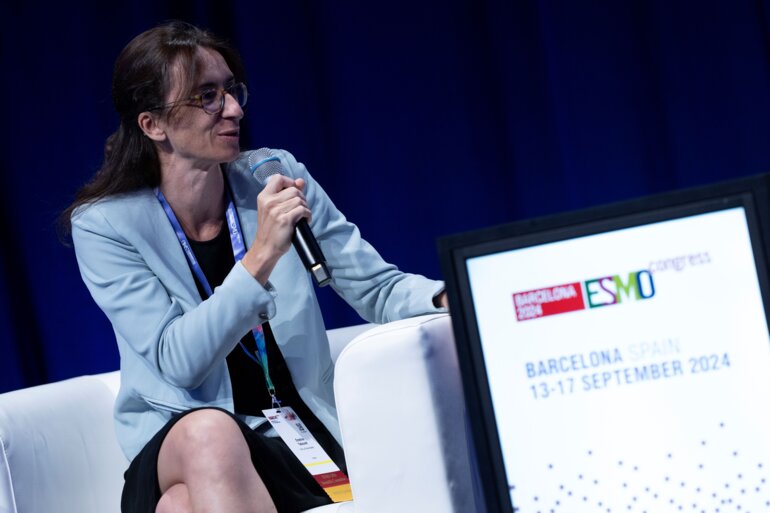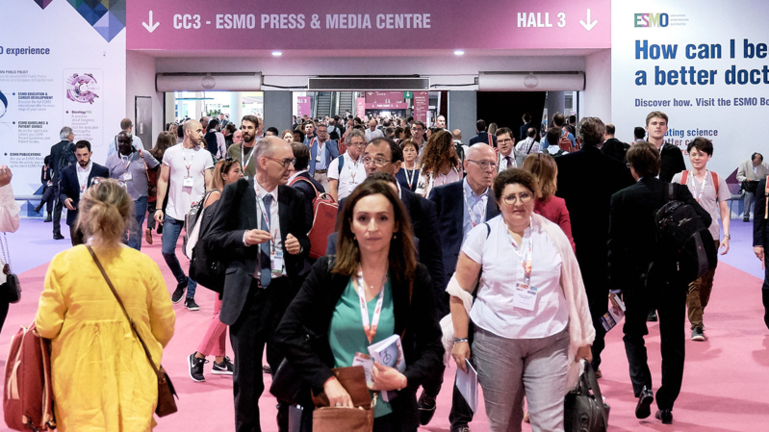Research is getting closer to the development of patient-specific tailored treatment approaches for brain tumours, thanks to increased understanding of the tumour microenvironment, including the critical importance of the immune system
The last decade has seen the widespread acceptance of the tumour microenvironment as an important therapeutic target. That said, until recently, the brain remained minimally explored in this respect, despite the fact that the poor prognosis of many patients with brain tumours constitutes an urgent unmet need. The relative lack of data on the brain tumour microenvironment, compared with many other organ sites, is why we are very pleased to share the research on the immune landscape that we have been conducting at our insitute, comparing primary intracranial disease directly side-by-side with brain metastases from other primary tumour sites, including lung, breast and melanoma. We specifically sought to answer several key questions for brain tumours, including whether the microenvironment is sculpted in a disease-specific manner or in a tissue-specific manner, and whether the mechanisms by which metastatic cancer cells influence the brain microenvironment are independent of, or influenced by, the primary tumour site from which they originate. Indeed, our research on immune-cell landscapes has so far revealed very different pictures across the various brain tumour types, not only in terms of the number and relative proportions of the many different immune cell types but also of their phenotypes (Cell 2020;25:1643–1660).
The most immediate question revealed by our findings is which cell type in the brain tumour microenvironment is it best to target therapeutically? We have performed a number of studies investigating tumour-associated macrophages, immune cells that are abundant in the brain. Preclinical models of primary brain cancers and brain metastases have revealed quite striking therapeutic efficacy associated with the targeting of these cells, with sustained antitumour activity. One of these macrophage-targeted therapies – the CSF-1R kinase inhibitor BLZ945 – is showing promising interim results in combination with anti-PD-1 therapy in an early-phase clinical study in patients with a range of solid tumours, including glioblastomas (AACR Annual Meeting 2020;Abstract CT171). However, research in our preclinical models also shows that resistance can develop over time, generally acquired via further modulation of elements within the tumour microenvironment, including upregulation of cytokine-signalling pathways, which can then be targeted in combination with macrophage-directed therapies. We hope that uncovering the mechanisms of intrinsic and adaptive resistance, and targeting key vulnerabilities within these processes, will help us to stay one step ahead of the cancer.
I am optimistic about the benefits of such rational combination therapy strategies for patients. However, we now need to define the most effective combination partners, and this involves understanding the impact on treatment not only of the cells in the tumour microenvironment but also of non-cellular elements, such as the supportive extracellular matrix. And long-term studies on the tumour microenvironment are critical to investigate what happens in the days, weeks, months and years after treatment. We know that immune cells triggered as a response to chemotherapy or radiotherapy may become tumour promotors following contact with residual cancer cells. Dynamic monitoring of the tumour microenvironment should help us to identify what to target and when best to target it to optimise outcome.
The wealth of information we have gained from our research on the tumour microenvironment will help to facilitate the development of patient-specific tailored treatment approaches for brain tumours. But much more work is required to make this a clinical reality and it is also critical that the research community shares results so that others can build on them. To this end, our laboratory has developed a user-friendly Brain TIME app, which gives researchers worldwide full and open access to our published data, categorised by tumour and immune-cell type. In addition, given the considerable challenge of obtaining sufficient brain tumour tissue to perform all of these complex analyses, we have developed and recently published a streamlined pipeline describing in detail how to extract the maximum amount of data from each precious sample so that the information can then be integrated efficiently and fully exploited for translational insights (Nat Protoc 2021). We hope that this pipeline will be of use for the entire brain tumour community and expect that it can be applied to the interrogation of the tumour microenvironment in many other cancers too.
We are seeing great advances in tumour microenvironment research and I am really encouraged that the concept of using this strategy as a therapeutic target is now bearing fruit in many tumour types.
Joyce J. Exploring and therapeutically exploiting the tumour microenvironment. MAP 2021 Virtual.
Gordon Peters lecture, 09.10.21, h. 13:45 – 14:15, Channel 1





